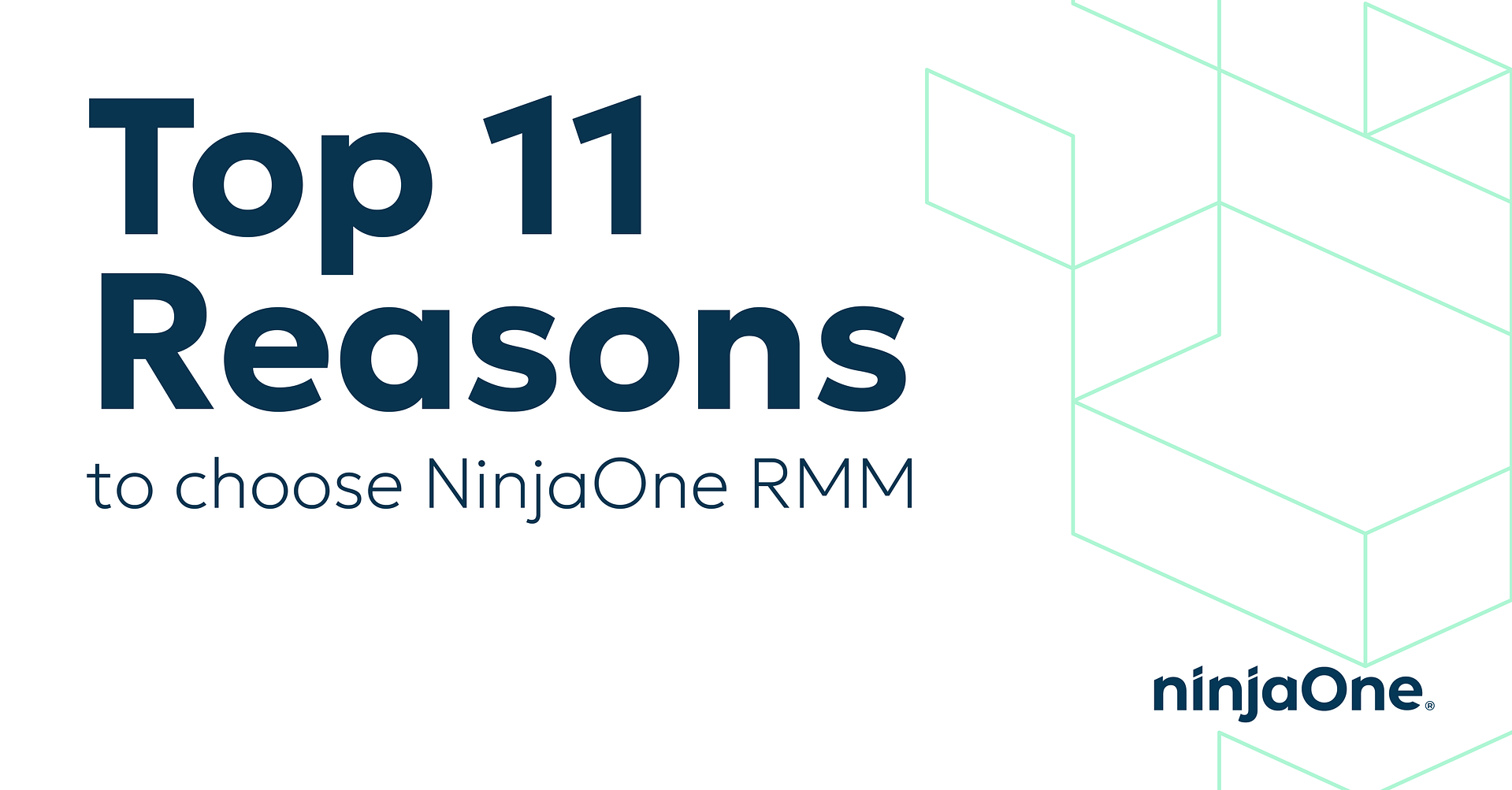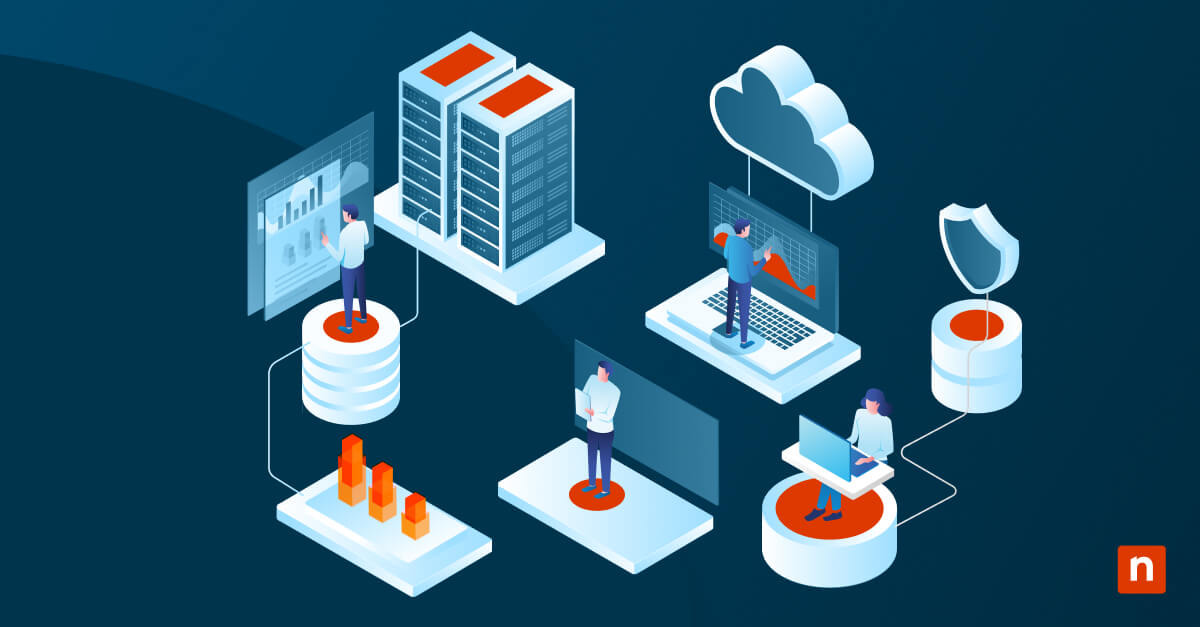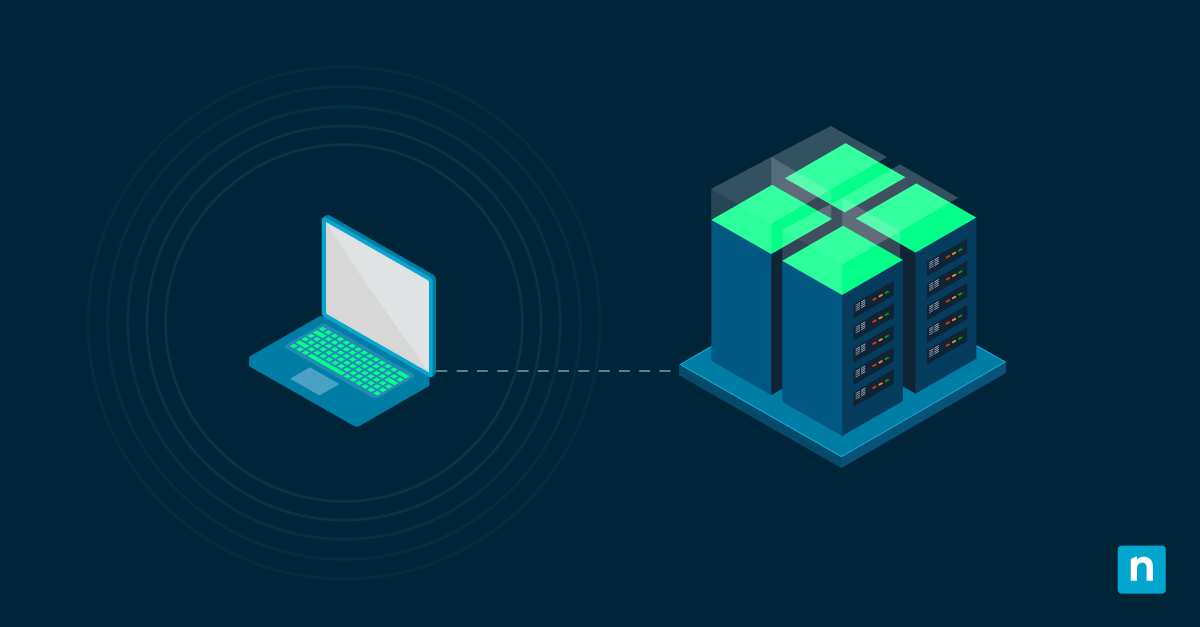The NIS2 Directive, an evolution of the original Network and Information Security Directive, aims to fortify cybersecurity across member states. Compliance with NIS2 not only helps organizations avoid regulatory penalties but also enhances their overall security posture, making them more resilient against cyber threats.
Introduction to NIS2 compliance
NIS2 compliance is a regulatory mandate in the European Union (EU) that organizations across critical sectors, including energy, transport, banking, healthcare, and digital infrastructure, must adhere to. Building upon the original NIS Directive, NIS2 expands its scope by introducing more stringent requirements and covering a broader range of organizations, including those in the supply chain.
Understanding the requirements of NIS2 compliance
To achieve NIS2 compliance, organizations must meet several stringent requirements designed to enhance their cybersecurity posture. These requirements are comprehensive, covering various aspects of an organization’s IT infrastructure, governance and risk management processes.
Security measures
Organizations are required to implement robust security measures that protect their networks and information systems from a wide range of cyber threats. This requires deploying advanced security technologies, such as firewalls, intrusion detection systems, and encryption protocols.
Governance
NIS2 mandates that organizations establish clear governance structures with defined roles and responsibilities for cybersecurity. This involves creating a cybersecurity governance framework that outlines the policies, procedures, and practices that the organization will follow to enforce compliance.
Key stakeholders, such as the board of directors and senior management, must be actively involved in overseeing the organization’s cybersecurity efforts. This top-down approach guarantees that cybersecurity is integrated into the organization’s overall strategy and that sufficient resources are allocated to maintain compliance.
Risk management
A proactive risk management approach is central to NIS2 compliance. Organizations must regularly assess and address cybersecurity risks, ensuring that potential threats are identified and mitigated before they can cause significant harm.
This includes conducting regular risk assessments, developing risk treatment plans and implementing preventive measures to reduce the likelihood and impact of cyber incidents. Risk management should be an ongoing process, with organizations continuously monitoring and reviewing their cybersecurity posture to adapt to the evolving threat landscape.
Benefits of NIS2 compliance
Complying with NIS2 offers several significant benefits beyond merely adhering to regulatory requirements. Achieving compliance can have far-reaching positive effects on your organization’s overall security and operational efficiency. Here are some benefits of NIS2 compliance:
- Enhanced cybersecurity resilience: By implementing the security measures required by NIS2, your organization becomes more resilient to cyber threats. This reduces the likelihood of successful cyberattacks and minimizes the potential damage from any incidents that do occur.
- Improved trust and reputation: Compliance with NIS2 demonstrates to customers, partners, and stakeholders that your organization takes cybersecurity seriously. This can improve your reputation and build trust, making your organization a more attractive business partner.
- Avoidance of fines and penalties: NIS2 compliance helps you avoid the significant financial penalties that can result from non-compliance. These fines can be substantial and the cost of compliance is often far lower than the cost of dealing with the consequences of a data breach or cyberattack.
- Better incident response capabilities: By complying with NIS2, your organization will have strong incident response protocols in place. This allows for quicker recovery from cyber incidents, reduces downtime and lessens the impact on your operations.
- Increased operational efficiency: Standardizing and streamlining your cybersecurity processes as part of NIS2 compliance can lead to increased operational efficiency. This not only improves your security posture but also optimizes the performance of your IT systems.
NIS2 compliance checklist
Ensuring NIS2 compliance requires careful planning and execution. The following checklist outlines the essential steps you need to take to achieve and maintain compliance.
Essential security measures
Implementing essential security measures is the foundation of a NIS2 compliance checklist. Start by conducting a thorough assessment of your current security posture to identify any gaps or weaknesses. Make sure all systems are updated with the latest security patches and that you have strong access controls in place to protect sensitive data.
Reporting and documentation requirements
Accurate and detailed reporting is crucial for demonstrating NIS2 compliance. You must keep comprehensive documentation of your cybersecurity practices, including incident reports, risk assessments and compliance audits. This documentation should be readily available for inspection by regulatory authorities to prove that you meet all NIS2 requirements.
Incident response protocols
A well-defined incident response plan is essential under NIS2. You must have protocols in place to detect, respond to and recover from cyber incidents. This includes establishing a clear chain of command, identifying critical assets and conducting regular drills to reinforce that the response plan is effective.
NIS2 best practices for businesses
Adopting NIS2 best practices is key to achieving and maintaining NIS2 compliance. These practices help you not only meet regulatory requirements but also enhance your overall cybersecurity posture. Here are some best practices to consider:
Implementing a proactive cybersecurity strategy
Effectively implement a proactive cybersecurity strategy. Consider adopting advanced threat detection and response technologies, such as Security Information and Event Management (SIEM) systems and Endpoint Detection and Response (EDR) tools. These technologies enable you to detect and respond to threats in real time, reducing the likelihood of a successful attack.
Regular compliance audits
External audits by independent third parties provide an objective assessment of your organization’s compliance status, offering valuable insights and recommendations for improvement. Make sure to document the findings of each audit and take action to address any identified issues.
Training and awareness for staff
NIS2 compliance emphasizes the importance of cultivating a culture of cybersecurity awareness. Regular training sessions can help employees understand their roles in protecting the organization’s IT infrastructure. This training should cover essential topics such as recognizing phishing attempts, following secure data handling procedures and understanding the importance of regular updates and patches.
Keys to maintaining NIS2 compliance
Maintaining NIS2 compliance is an ongoing process that requires vigilance, adaptability, and a commitment to continuous improvement. It’s not enough to achieve compliance once; you must remain compliant as regulatory requirements and the cyber threat landscape evolve.
Continuous improvement
To stay compliant with NIS2, you should regularly review and update your security measures and processes. This includes not only keeping systems up-to-date with the latest patches and security updates but also regularly reassessing your cybersecurity strategy to guarantee it remains effective against emerging threats.
Monitoring and reporting
Ongoing monitoring is essential for maintaining compliance. Implementing tools and processes to continuously monitor your IT environment will help you detect potential issues before they become significant problems. This includes monitoring network traffic, system logs, and user activities for signs of unusual behavior that could indicate a security breach.
Adaptability
Subscribe to industry newsletters, participate in cybersecurity forums and engage with regulatory bodies to stay current on the latest developments. Additionally, consider conducting regular compliance audits and gap analyses to identify any areas where your organization may need to make adjustments to remain compliant.
Achieving and maintaining NIS2 compliance is a complex but essential task for organizations operating within the European Union. By understanding the requirements of NIS2, implementing robust security measures, and adopting best practices, your organization can not only meet regulatory obligations but also enhance its overall cybersecurity posture.
With NinjaOne, you can strengthen your organization’s cybersecurity posture. Explore Ninja Endpoint Management to see how it can help you meet compliance requirements, or join a live tour to see the platform in action. Ready to enhance your IT infrastructure? Start your free trial of NinjaOne today.








